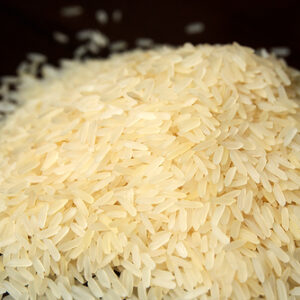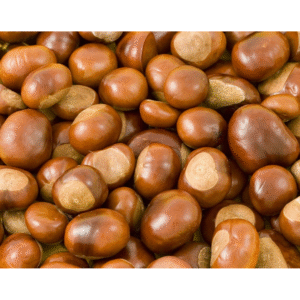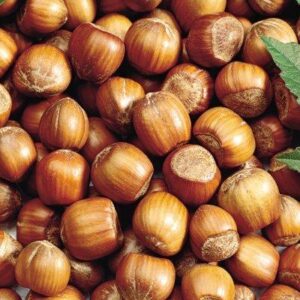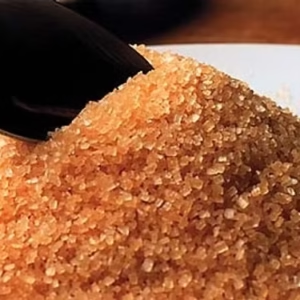Description
Coconut
A coconut is the fruit of the coconut palm tree (Cocos nucifera).Technically, it’s a drupe (not a true nut). The coconut tree (Cocos nucifera) is a member of the palm tree family (Arecaceae) and the only living species of the genus Cocos. The term “coconut” (or the archaic “cocoanut“) can refer to the whole coconut palm, the seed, or the fruit, which botanically is a drupe, not a nut. Originally native to Central Indo-Pacific, they are now ubiquitous in coastal tropical regions and are a cultural icon of the tropics.
It has three main layers:
- Exocarp – the green or brown outer skin.
- Mesocarp – the fibrous husk (called coir).
- Endocarp – the hard shell that protects the edible part.
Inside, you find:
- Coconut water – clear liquid in young coconuts.
- Coconut meat – the white, edible flesh.
- Coconut milk & cream – made by processing grated coconut flesh with water.
Where They Grow
- Native to tropical regions (coastal Asia, Pacific islands, South America, Africa).
- Thrive in sandy soil and salty air, making them common near beaches.
Uses of Coconuts
- Food & Drink: water, milk, meat, oil, sugar.
- Products: cosmetics, soaps, hair oils, cooking oils.
- Fibers (coir): ropes, mats, brushes.
- Shells: bowls, utensils, fuel, charcoal.
- Called the “tree of life” because nearly every part of the palm is useful.
- Coconut water is naturally sterile when inside the nut.
- The word coconut comes from the Portuguese coco (meaning “head” or “skull”) because the three holes on the shell look like a face.







Reviews
There are no reviews yet.